The bear in the picture – Peter
13 August 2015
Peter is what’s known as a “long bear”. At 107kg in the skin and bone state he was rescued in, he was still a sizeable animal.
He arrived at Animals Asia’s sanctuary on 9 January 2013. Rescued from a bear bile farm where he had been kept in one of the smallest cages staff had ever seen. It was approximately three feet long and just under two feet high.
He had clearly hardly moved in years having grown into his cage.
Jill Robinson, Animals Asia’s founder and CEO wrote about Peter in her blog:
“As he slept under anaesthetic and we uncurled him from his rusting coffin cage, we felt it would be a miracle if he had the proper use of his limbs. But, as so often happens, the bears surprise us with their stoicism and their determination never to look back.”
Peter Egan, Animals Asia’s UK ambassador who Peter bear is named after, visited him days after his rescue and takes up the tale of him being moved to a larger recovery cage.
He said:
“The first time he stood in his recovery cage, which literally shook with the effort of his standing, the team watched with tears in their eyes and I read the report with tears in mine. It is horrible to think that he may never have stood up before in his life, never have stretched his body.”
Peter Bear was the only male out of six bears rescued in January 2013. He was in poor physical condition. Having been denied the opportunity to move, his muscles had wasted away. No thick glossy coat - Peter had patches of near baldness.
The pads on Peters paws were severely cracked and dry, a condition known as hyperkeratosis caused by poor diet and a lifetime of treading only on bars.
But worst of all, there was evidence he had been subjected to the “free drip” method of bile extraction. It involves making a permanent hole in the abdomen and gall bladder, from which bile freely drips out. The physical pain he lived with every single day must have been immense. The mental anguish is unimaginable.
The damaged gall bladder was removed and in time he was moved to a den.
Later he was moved into an enclosure and integrated with Shamrock, a bear from the same farm who arrived at the same time. Their friendship flourished.
It was a friendship that would continue as they were integrated with the wider community of bears they still live with today. The scars are healing and Peter walks, runs, plays and forages every single day.
Peter’s adopted “father”, Peter Egan has the last word:
“I have watched Peter Bear develop trust, his wonderful warm personality, and his great sense of fun.
This is how moon bears should spend their lives – preferably in the wild – but while this horrible, shocking business of bile farms exist I thank God for Animals Asia.”
BACK

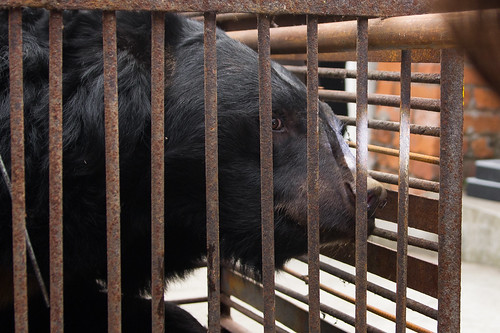
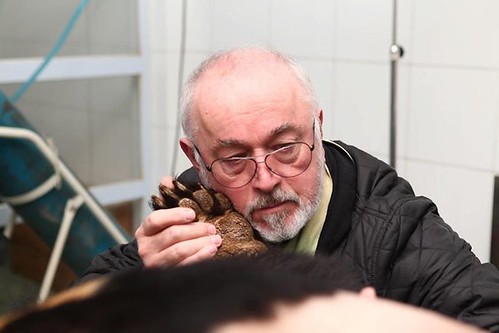
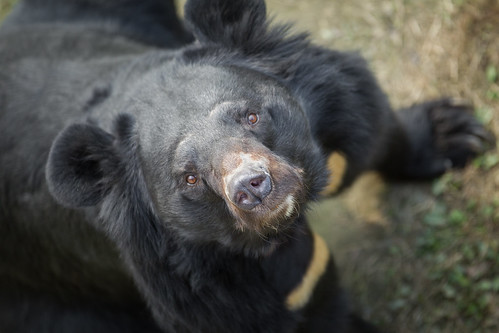
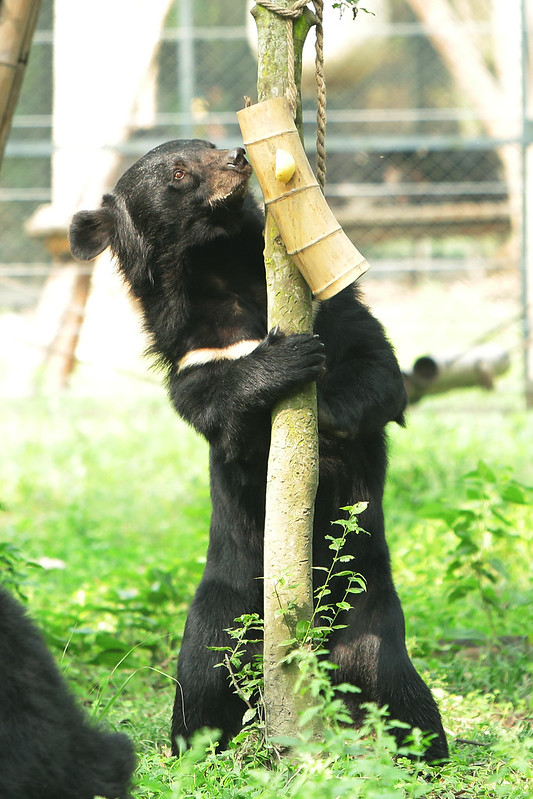




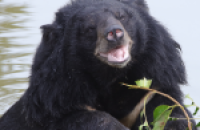 Healing the hidden wounds
Healing the hidden wounds
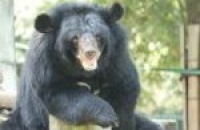 Early summer awakening at the China Bear Rescue Centre
Early summer awakening at the China Bear Rescue Centre
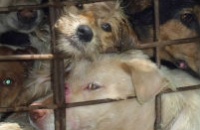 5 reasons the dog meat trade must end
5 reasons the dog meat trade must end